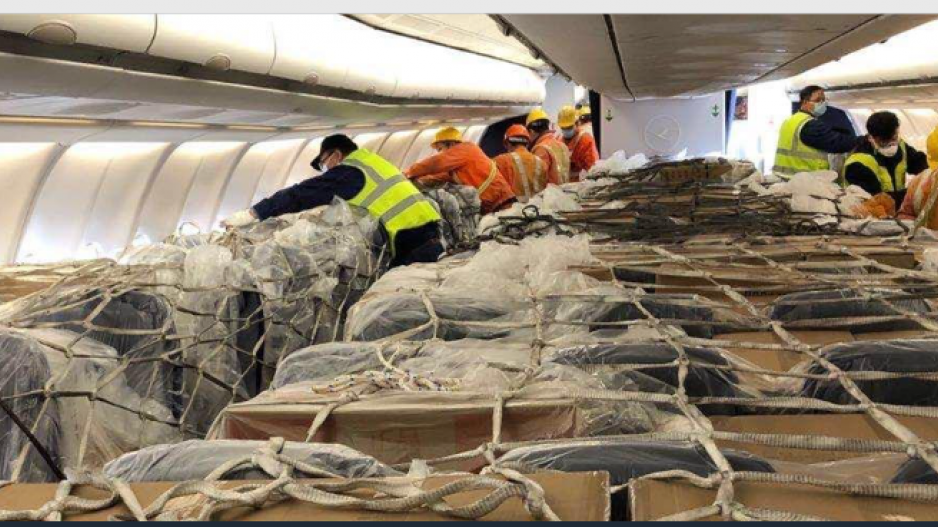Rising air freight rates, dwindling warehouse space and clogged cargo terminal arteries are among the challenges North American shippers face in the new pandemic economy.
Those were among the key points delivered Tuesday in a COVID-19 logistics update presented by global freight forwarder Flexport.
The California-based company, which helps businesses with all aspects of freight movement and financing, opened its first Canadian office last November in Vancouver.
Chandrakant Kanoria, Flexport’s head of network operations, and Silvio Strathausen, the company’s senior director of air freight for the Americas, outlined the rapid changes disrupting trade routes and international supply chains, especially for an airline sector that the International Air Transport Association estimates faces 2020 losses of US$252 billion as passenger demand evaporates.
This comes as China’s manufacturing sector has begun to ramp up production as the country appears to have stalled the spread of COVID-19 within its borders.
But demand for products outside of China has fallen off a cliff, especially in the United States, where major urban
The result is a reversal of the imbalanced supply and demand equation in play at the beginning of 2020, when demand was strong in North America, but
Now the supply from China is getting back on track, but demand elsewhere has evaporated.
Businesses hoping to move freight consequently face capacity shortages, higher costs and more delays at major global air freight terminals and logistics hubs, such as Luxembourg Airport.
With less overall air freight capacity available and air terminals operating with fewer staff, Flexport has warned businesses to expect delays in air cargo of between one and seven days.
The spike in cancelled container ship sailings on major trade routes to and from
That, in turn, is driving up demand for warehouse space at a time when many warehouses are reducing their operating hours as staff pandemic concerns increase.
“They don’t have the capacity to handle other items.”
The warehousing shortage is adding another unknown to COVID-19 complications because shippers are scrambling to find places to keep inventory once it arrives via ship or plane, and truckers taking product from terminals to destinations
@timothyrenshaw




